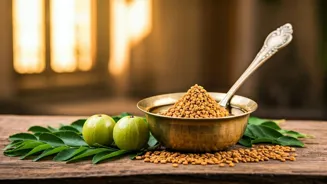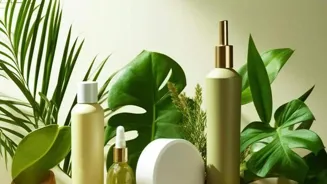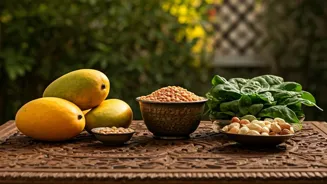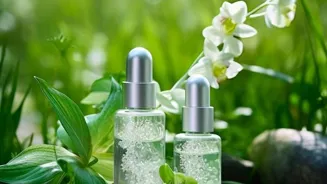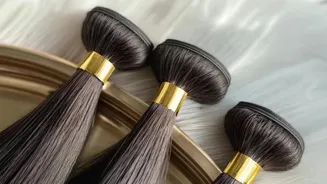Unveiling the Best DIY Hair Masks for Every Hair Type: Nourish Your Locks! Dive into the world of homemade hair care!
In the vibrant tapestry of Indian beauty rituals, hair care holds a special place. Long,
lustrous, and healthy hair is often considered a sign of beauty and well-being. But with the hustle and bustle of modern life, pollution, stress, and chemical treatments can take a toll on our precious locks.
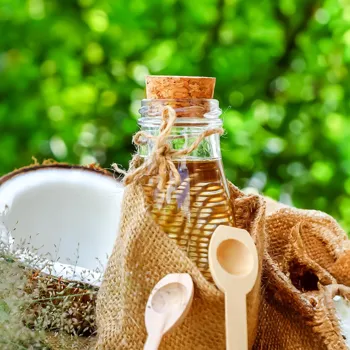
Instead of splurging on expensive salon treatments, why not tap into the age-old wisdom of DIY hair masks? Homemade hair masks are a fantastic way to nourish your hair with natural ingredients, right from your kitchen!
Plus, you get to control exactly what goes into your hair, avoiding harsh chemicals and preservatives. Here’s a guide to the best DIY hair masks tailored to different hair types, all using ingredients easily found in Indian households.
DIY hair masks cater to all hair types
Whether you have dry hair, oily hair, or something in between, there's a perfect DIY mask waiting to revitalize your tresses.
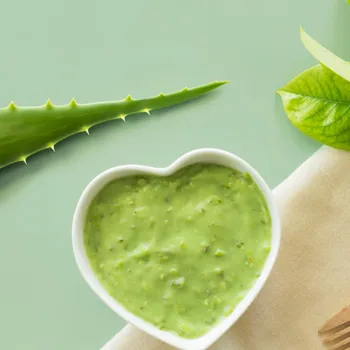
Replenish dry hair with coconut oil, honey, and yogurt mask
Dry hair can be a real pain, leading to frizz, split ends, and a generally dull appearance. The key is to replenish lost moisture and nourish the hair shaft. This mask combines the power of coconut oil, honey, and yogurt – a trio of ingredients known for their hydrating and conditioning properties.
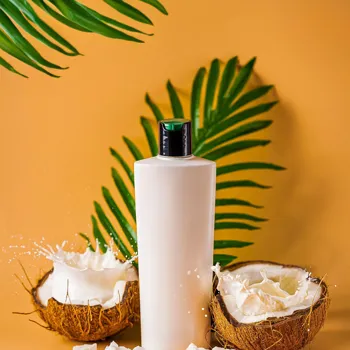
Coconut oil is rich in fatty acids that penetrate the hair shaft, sealing in moisture and adding shine. Honey is a natural humectant, meaning it attracts and retains moisture from the air, keeping your hair hydrated for longer.
Yogurt, packed with probiotics and lactic acid, helps to soothe the scalp, reduce dandruff, and add protein to the hair, strengthening it from within.
Revive hair with DIY mask for soft, hydrated locks
Mix all the ingredients thoroughly in a bowl until you get a smooth paste. Apply the mask generously to your hair, starting from the roots and working your way down to the ends. Massage gently into your scalp to stimulate blood circulation.
Cover your hair with a shower cap or a warm towel to trap heat, which helps the mask penetrate deeper. Leave it on for at least 30 minutes, or even an hour for extra hydration. Rinse well with lukewarm water, followed by a mild shampoo and conditioner.
Use this mask once or twice a week for best results and say hello to soft, manageable, and hydrated hair! The beauty of this mask lies in its simplicity and the powerful combination of ingredients that work synergistically to revive dry and damaged hair.
It’s like a spa treatment, right in your own home!
Mask with multani mitti & apple cider vinegar balances oily hair
Oily hair can be just as frustrating, leading to limp, greasy locks and a constant battle to keep your hair looking fresh. The goal here is to absorb excess oil, cleanse the scalp, and restore balance without stripping away essential moisture.
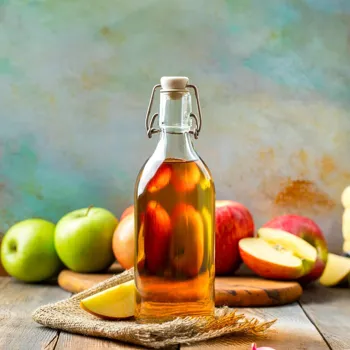
This mask features the dynamic duo of multani mitti (Fuller's earth) and apple cider vinegar (ACV), both known for their cleansing and oil-absorbing properties. Multani mitti is a natural clay that has been used for centuries in India for its skin and hair benefits.
It effectively absorbs excess oil, dirt, and impurities from the scalp, leaving it feeling clean and refreshed. ACV helps to balance the pH level of the scalp, which can prevent excessive oil production. It also has antimicrobial properties that can combat dandruff and scalp infections.
Mix multani mitti, ACV, water for scalp mask; rinse with care
In a non-metallic bowl, mix multani mitti and apple cider vinegar. Add water gradually until you achieve a smooth, paste-like consistency. Apply the mask to your scalp and hair, focusing on the roots. Leave it on for 15-20 minutes, or until the mask starts to dry. Rinse thoroughly with cool water.
Avoid using shampoo immediately after rinsing, as ACV has cleansing properties. You can use a mild conditioner on the ends of your hair if needed. Use this mask once a week to keep your scalp clean and oil-free.
Remember to always dilute ACV before applying it to your scalp, as it can be irritating in its undiluted form. The combination of multani mitti and ACV is a powerful yet gentle way to clarify your scalp and get rid of excess oil, giving your hair a fresh and voluminous look.
Mask with hibiscus, amla, fenugreek for shiny, healthy hair
Dull hair can lack vibrancy and luster, making it look lifeless and unappealing. To bring back the shine, you need to nourish the hair shaft, smooth the cuticle, and enhance its natural radiance.
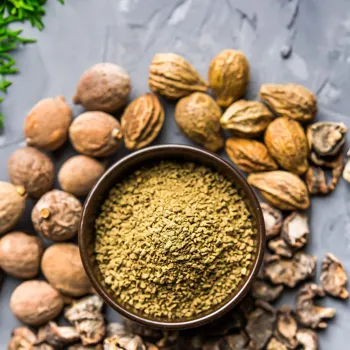
This mask combines the goodness of hibiscus, amla (Indian gooseberry), and fenugreek seeds, all known for their hair-brightening and conditioning properties.
Hibiscus is rich in antioxidants and amino acids that help to stimulate hair growth, strengthen hair follicles, and add a natural shine to the hair. Amla is a powerhouse of vitamin C, which is essential for collagen production, resulting in stronger, healthier, and shinier hair.
Fenugreek seeds are rich in protein and lecithin, which helps to condition the hair, add volume, and enhance its natural shine.
Recipe calls for hibiscus powder or fresh flowers
tablespoons of hibiscus powder or fresh hibiscus flowers (ground into a paste)

Fenugreek seed paste for health benefits
tablespoon of fenugreek seed powder (soaked overnight and ground into a paste)
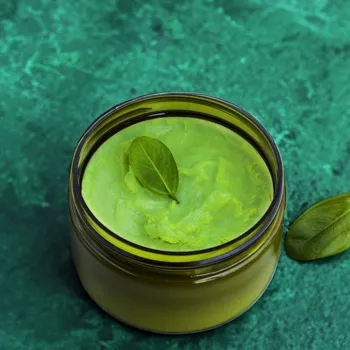
Combine hibiscus, amla, and fenugreek for shiny, healthy hair
In a bowl, combine hibiscus powder (or paste), amla powder, and fenugreek seed paste. Add water or yogurt gradually until you get a smooth, spreadable paste. Apply the mask to your hair from root to tip, ensuring even coverage. Leave it on for 30-45 minutes.
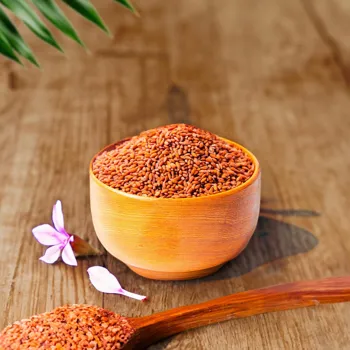
Rinse thoroughly with lukewarm water and a mild shampoo. Use this mask once a week to restore shine and vitality to your hair. The combination of hibiscus, amla, and fenugreek seeds is a time-tested remedy for dull hair in Indian households.
It not only adds shine but also strengthens the hair from within, making it healthier and more manageable.
Mask tackles dandruff with neem, tea tree oil, aloe vera
Dandruff is a common scalp condition characterized by flaky, itchy skin. It can be caused by various factors, including dryness, fungal infections, and seborrheic dermatitis. This mask focuses on soothing the scalp, controlling the fungal growth, and reducing inflammation.
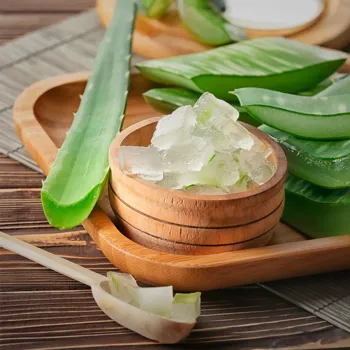
This mask features neem, tea tree oil, and aloe vera, all known for their antibacterial, antifungal, and soothing properties. Neem is a powerful herb in Ayurveda that has been used for centuries to treat various skin and scalp conditions.
It has antibacterial and antifungal properties that can help to control dandruff-causing microbes. Tea tree oil is another potent antifungal agent that can combat the fungal infections that contribute to dandruff.
Aloe vera is a natural moisturizer and anti-inflammatory agent that can soothe the scalp, reduce itching, and promote healing.
Neem powder or paste made from fresh leaves
tablespoons of neem powder or neem paste (made from fresh neem leaves)
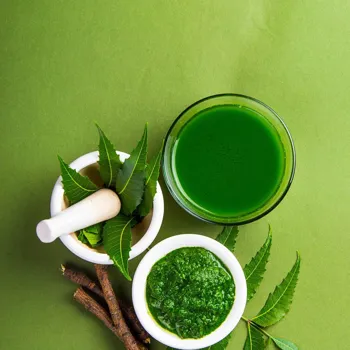
Mix neem, aloe vera, tea tree oil for dandruff-free scalp
In a bowl, mix neem powder (or paste) with aloe vera gel. Add tea tree oil and mix well. Apply the mask to your scalp, focusing on the affected areas. Massage gently for a few minutes to promote absorption. Leave it on for 30 minutes. Rinse thoroughly with lukewarm water and a mild shampoo.
Use this mask twice a week until the dandruff is under control, then reduce to once a week for maintenance. Remember to do a patch test before using tea tree oil, as it can cause irritation in some individuals.
This mask is a natural and effective way to combat dandruff, soothe the scalp, and restore its health.
Mask with onion juice, ginger, curry leaves boosts hair growth
Thinning hair can be a concern for many, and promoting hair growth naturally is a desirable goal. This mask aims to stimulate blood circulation to the scalp, nourish the hair follicles, and strengthen the hair shaft.

This mask features onion juice, ginger, and curry leaves, all known for their hair growth-promoting properties. Onion juice is rich in sulfur, which is essential for hair growth. It helps to stimulate blood circulation to the scalp, which nourishes the hair follicles and promotes hair growth.
Ginger also has circulation-boosting properties that can help to revitalize the scalp and encourage hair growth. Curry leaves are packed with nutrients that strengthen the hair follicles, prevent hair fall, and promote hair growth.
Mix onion juice, ginger, and curry leaf paste for hair growth
In a bowl, mix onion juice, grated ginger, and curry leaf paste. Apply the mask to your scalp, focusing on the areas where hair thinning is most noticeable. Massage gently for 5-10 minutes to stimulate blood circulation. Leave it on for 30 minutes.
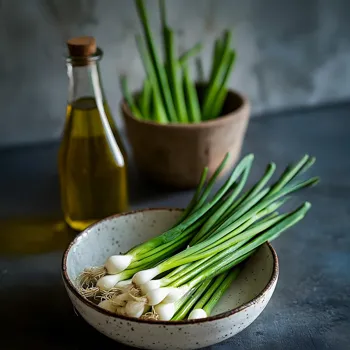
Rinse thoroughly with lukewarm water and a mild shampoo. You can add a few drops of lemon juice to the final rinse to help neutralize the onion smell. Use this mask once a week to promote hair growth and strengthen your hair.
This mask might cause a slight tingling sensation on the scalp, which is normal. The combination of onion juice, ginger, and curry leaves works wonders to stimulate hair growth and combat hair thinning.
Patch Test
Before applying any mask to your entire scalp, do a patch test on a small area of skin to check for any allergic reactions or sensitivities.
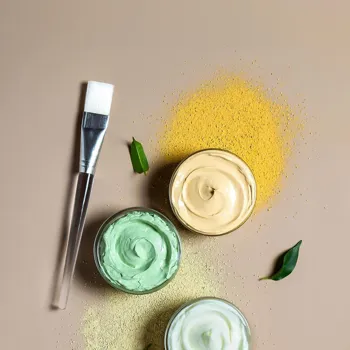
Consistency
Adjust the consistency of the masks by adding more water, yogurt, or honey as needed to achieve a smooth, spreadable paste.
Fresh Ingredients
Whenever possible, use fresh, high-quality ingredients for the best results.
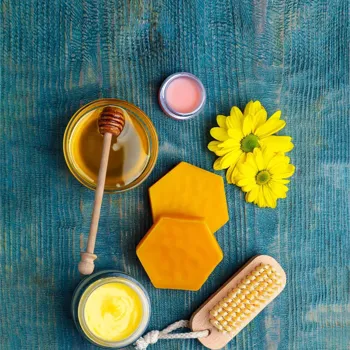
Patience
DIY hair masks take time to show results. Be patient and consistent with your treatments to see noticeable improvements.
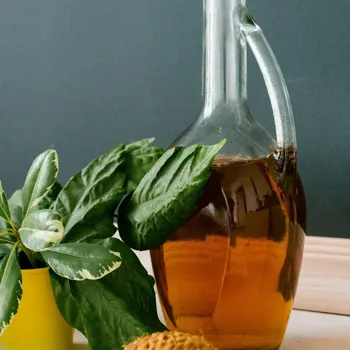
Comprehensive guide to DIY hair masks for all hair types
So, there you have it! A comprehensive guide to DIY hair masks tailored to different hair types. Embrace the power of natural ingredients and give your hair the love and nourishment it deserves.
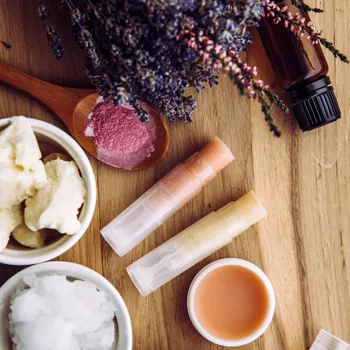
With a little effort and consistency, you can achieve healthy, lustrous, and beautiful hair, all from the comfort of your own home! Happy masking!

